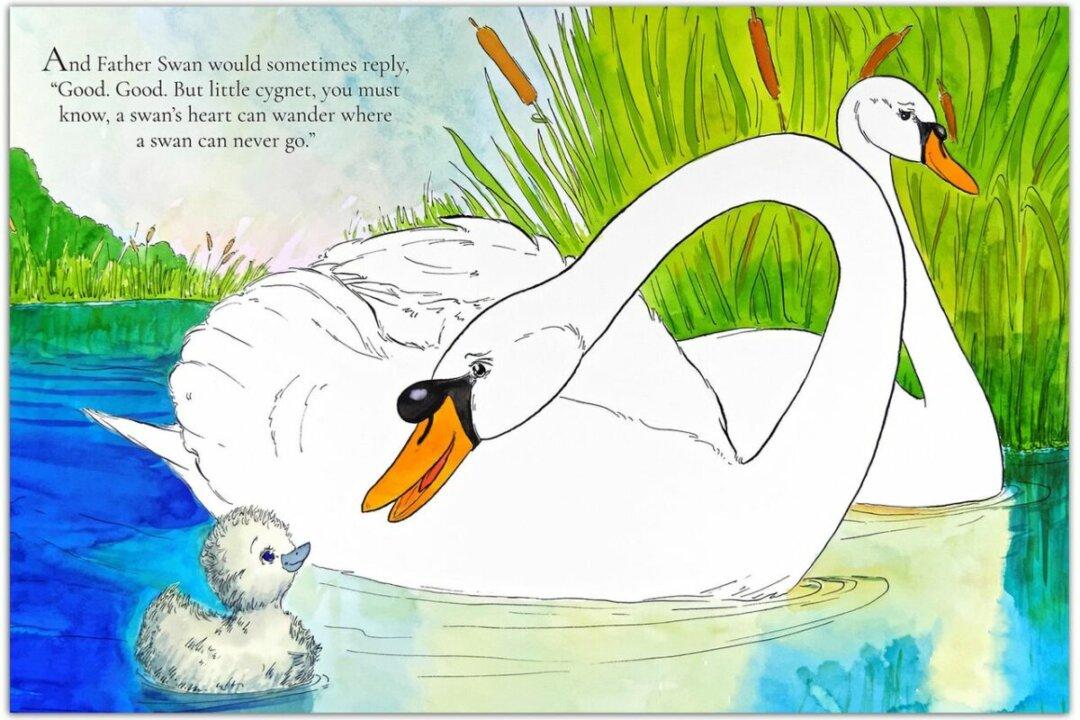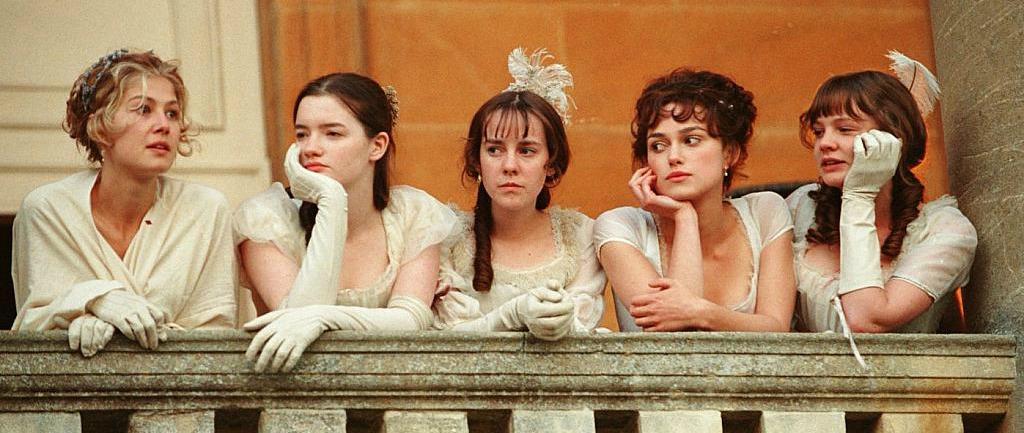Manhattan may not be the first place you would look for a strong family with a good father, but the author of a new children’s book reveals one living on a lake in Central Park. In “The Handsome Little Cygnet,” writer and illustrator duo Matthew Mehan and John Folley show us a family of swans coping beautifully with an identity crisis—in lightly metered prose and 20 gorgeous watercolors.
Below, Carolyn Moynihan asks Mehan, a Washington dad, founding contributor to MercatorNet, liberal arts teacher for 20 years, and now a professor of government at Hillsdale College, about his second venture into children’s literature.



